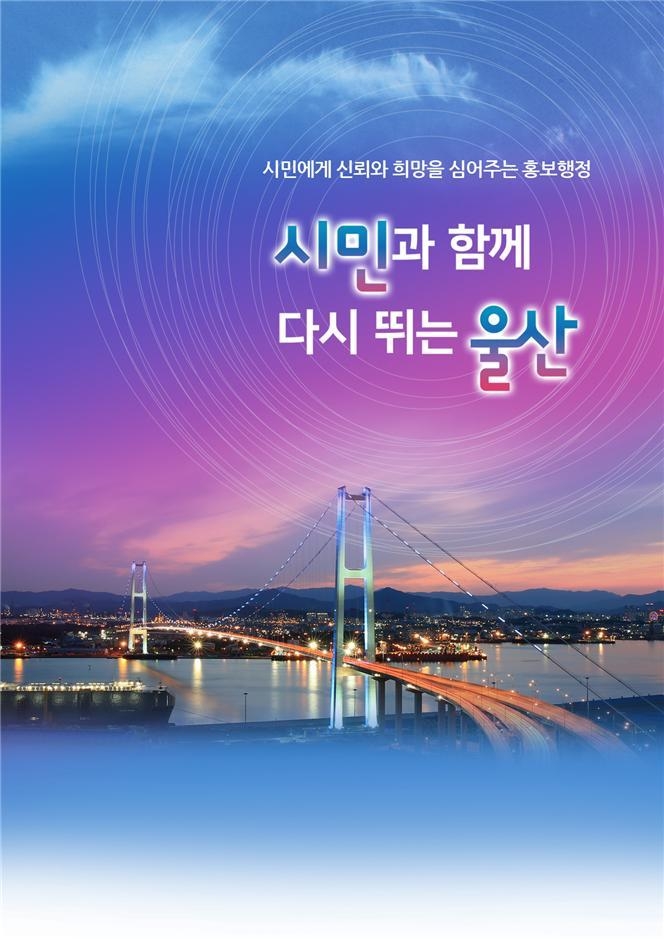A’hydrogen charging station’ was installed in Ulsan, which aims to become a hydrogen economy mecca city, for the first time in Korea and the third in the world to supply hydrogen by connecting hydrogen pipes to downtown areas.
Ulsan City was attended by 20 people including representatives of related organizations and companies, such as Seok-jin Kim, Vice Mayor of Administration, Park Byeong-seok, Chairman of the Nakdong River Basin Environment Administration, Bang-hee Kim, Chairman of the Korea Hydrogen Industry Association, and Sung-bok Kim, head of the Hydrogen Convergence Alliance on December 30 ‘Together hydrogen charging station completion ceremony’ will be held.
In addition to the quarantine regulations in accordance with the 2nd step of social distancing, the completion ceremony will be held while additional quarantine measures are being implemented, such as minimizing the number of participants and installing a booth exclusively for checking heat.
The’Together Hydrogen Charging Station’ started construction in February 2019 with a charging scale of 55 kg per hour in the area of Shinhwa-ro 101, Nam-gu, with a total project cost of 3 billion won. Electric vehicle charging is possible.
This charging station’s’method of directly supplying hydrogen to a charging station through a hydrogen supply pipe in the city’ is the first case in Korea and the third in the world after Japan and the United States.
As the method of supplying hydrogen through the existing hydrogen vehicle (tube trailer) has been improved with the hydrogen supply pipe, it is possible to transfer a large amount of water, which not only greatly increases the processing capacity of the charging station, but also reduces transportation costs and prevents accidents caused by large vehicles. There is even the effect of.
In addition, hydrogen pipelines were first constructed from the southern Onsan National Industrial Complex through Taehwagang Station to the border of Gyeongju to supply hydrogen to the transportation, industrial and residential complexes of the hydrogen demonstration city, and then expanded the hydrogen pipeline network throughout the city to the western and eastern regions. I plan to do it.
In reflection of the citizens’ high interest in hydrogen, an excellent safety management system was also built by applying an I-City (ICT)-based sensor to the hydrogen charging station and the upper part of the hydrogen pipe. By establishing a foundation (infrastructure) for the hydrogen industry that citizens can trust and use through real-time monitoring through optical fibers and sensors, a new safety standard for hydrogen charging stations was proposed.
The’Deokha Public Garage Hydrogen Charging Station’, completed at the same time as the Together hydrogen charging station, will be operated in combination with the CNG (CNG) charging station.
Since it is located inside a public garage, it will be operated mainly for charging city buses, and it will take the lead in expanding the spread of various mobility by processing even large commercial vehicles. The charging station will be operated by Kyungdong City Gas, a company specializing in high pressure gas.
The city of Ulsan has completed the hydrogen charging base (infrastructure) in central and southern districts by securing a total of 8 hydrogen charging stations, including hydrogen charging stations exclusively for hydrogen buses, starting with the construction of hydrogen electric vehicle charging stations in 2009.
A total of 12 hydrogen charging stations will be secured, with the aim of completing additional 4 hydrogen charging stations in the western, northern, eastern and southern regions by 2021, and plans to expand the deployment of hydrogen charging stations in Ulsan, considering accessibility.
In addition, in March next year, a hydrogen charging station dedicated to Hyundai Motor’s production vehicles, which is the core of hydrogen mobility production, will be completed, and water channels will be supplied through pipes, supporting the production of 500,000 hydrogen vehicles by 2030.
Furthermore, after 2021, it will build a hydrogen mega station that can charge various hydrogen mobility such as large buses, hydrogen trucks, construction machinery, and hydrogen trams around Taehwagang Station.
It plans to respond to demand that is not resolved by stationary charging stations such as hydrogen excavators and forklifts through mobile hydrogen charging stations in the special regulatory zone, and is planning to lead the demonstration and commercialization of hydrogen ships by installing hydrogen ship charging stations in Jangsaengpo Port.
The city of Ulsan has successfully promoted the construction of hydrogen charging infrastructure, starting with this together hydrogen charging station, which caught two rabbits of economy and safety, and establishing a hydrogen complex hub at Taehwagang Station, a mobile hydrogen charging station through a special zone for free regulation of hydrogen, and a hydrogen ship charging station The plan is to build the world’s best hydrogen city where hydrogen becomes a daily life.
Environment Minister Cho Min-rae said, “With Ulsan’s active supply of hydrogen vehicles, we experienced a hydrogen society that can be commonly encountered in everyday life, not in the future. “We will do our best to expand the base (infrastructure) of hydrogen charging stations.”
Ulsan Mayor Song Chul-ho said, “We will first expand the hydrogen pipeline network so that the hydrogen economy can blossom in the overall housing, transportation, and industry, and expand the construction of hydrogen charging stations and apply a precise monitoring safety management system to provide access within 10 minutes across Ulsan. In 2012, we plan to show the world’s best hydrogen city.” End.
